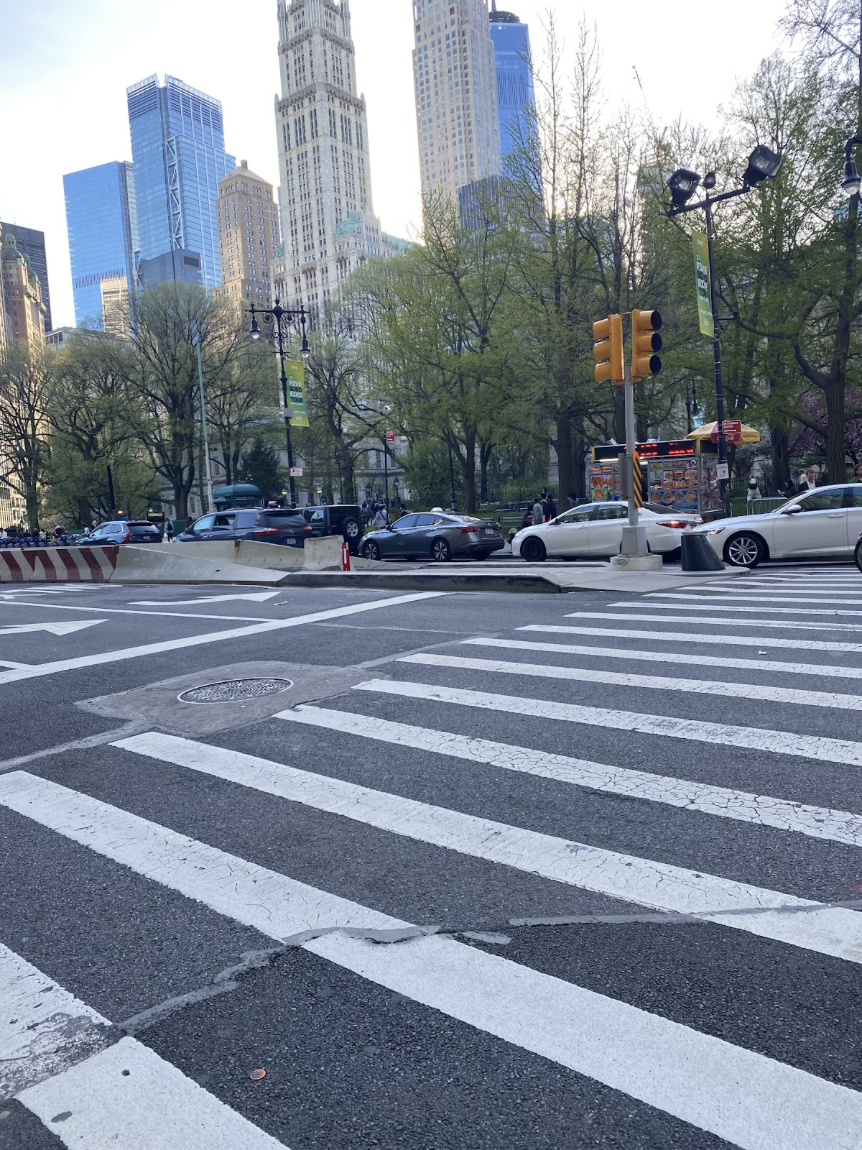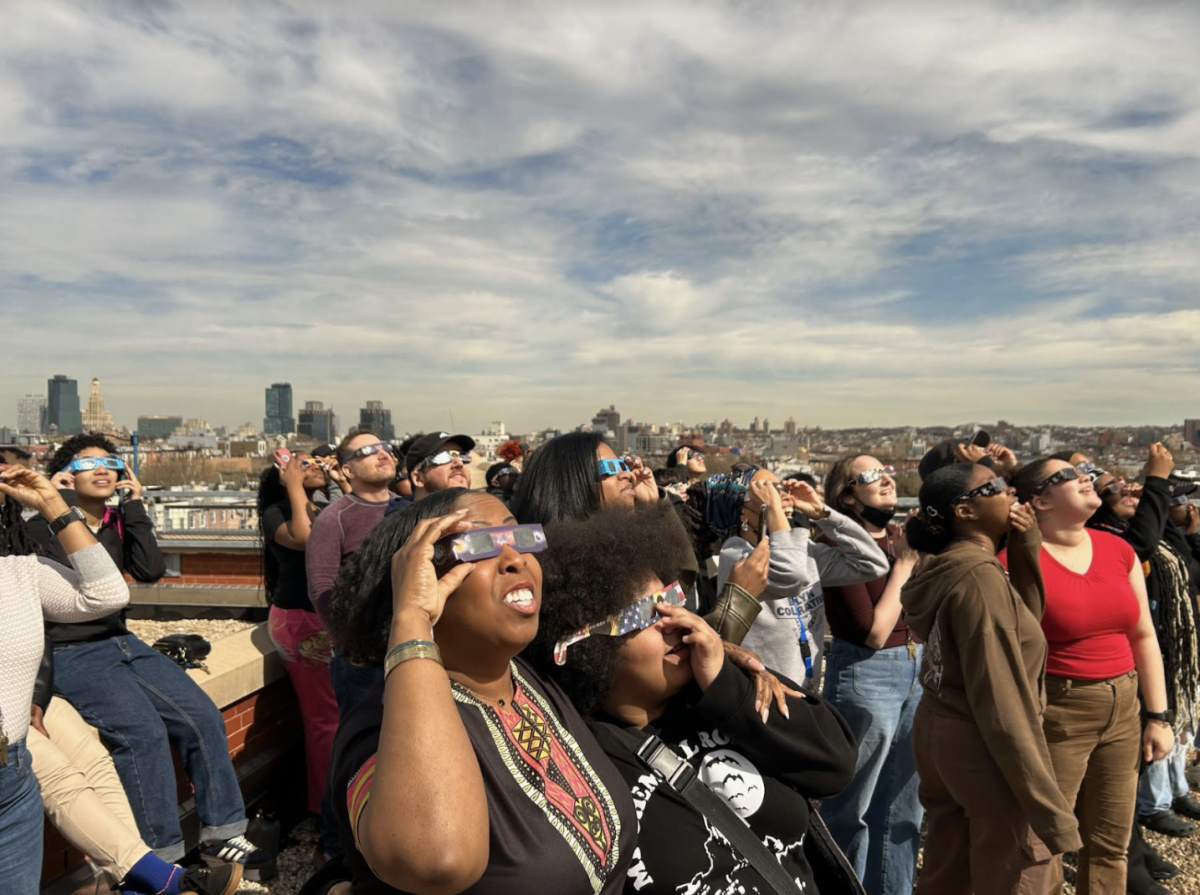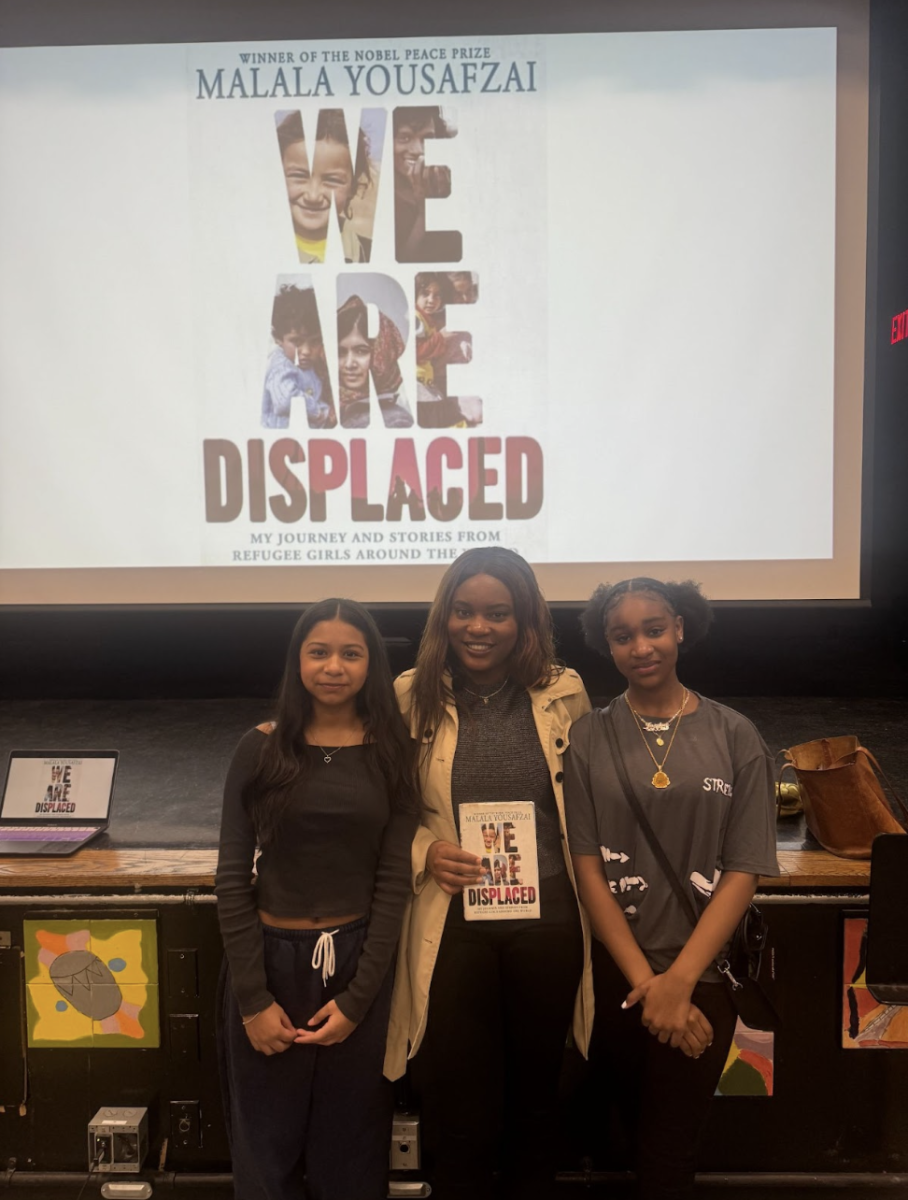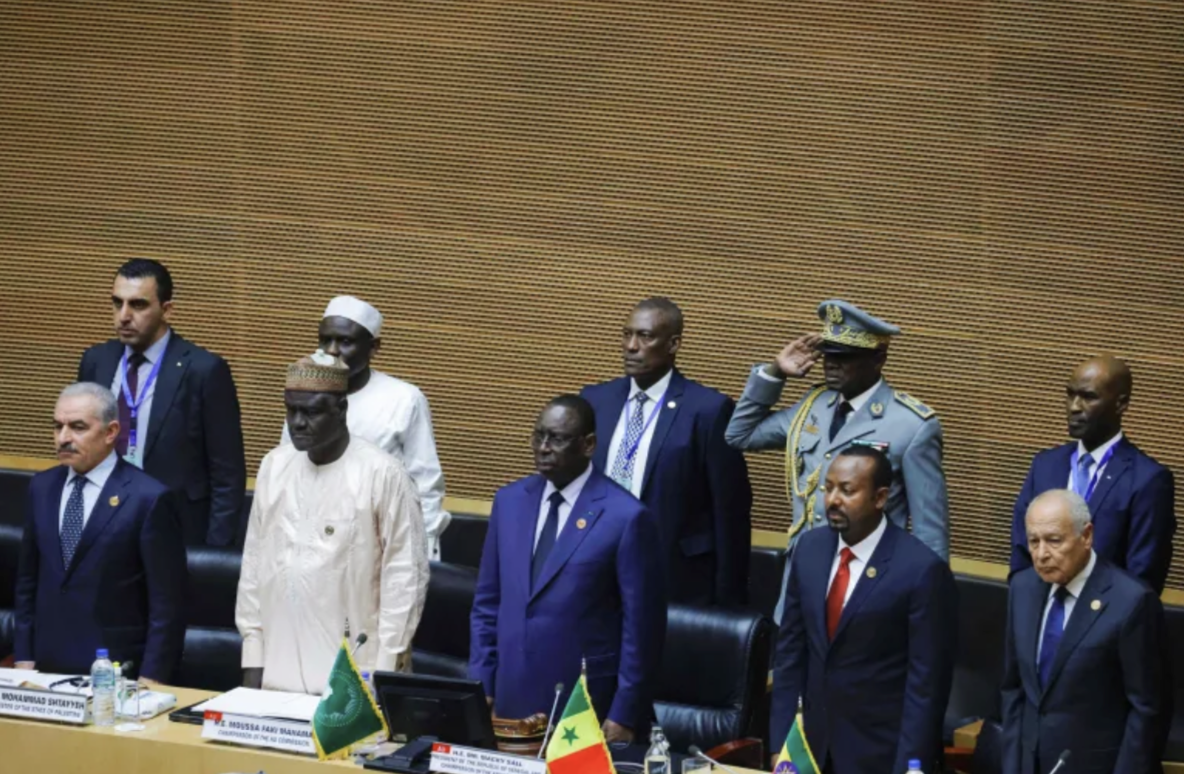With what we have seen so far with how Covid 19 has been handled nationwide, there is still lots of uncertainty around schools reopening. Schools were shut down in the spring for the rest of the 2019-2020 school year at the start of the pandemic; so everyone had to adapt. Some parents found that it was easier to make sure that their kids were doing work, while others liked the freedom they gotwhile their kids were at school. BCS had a smooth transition into online learning, but it was harder for students to keep up with work assignments in the beginning. Now, everything is organized, office hours every day, support in crew, and even individualized attention in breakout rooms.
Reopening schools was immensely helpful to students who liked and needed to be back in the school environment. Blended learning is the best of both worlds. Students go into school on certain days and are able to benefit from remote learning on other days. Valentina M, a ninth grader who’s in blended learning says, “Blended learning is alright, I think it’s easier when the teacher is there in person to help you with stuff you don’t understand. It sets a different atmosphere from the Zoom calls.’ Students are socializing, playing games (even though they are distanced), and attending classes again. Teachers can see faces, connect with students and teach them, rather than teaching profiles and black boxes on Zoom.
Blended learning has become the new normal. But there is still an understandable worry about going back into the school building part or full time. There are worries about ventilation with a larger population, mask discipline, lunch, public transportation, and just being in contact with people outside of their household. And checking the DOE’s infection count does not help in quelling nerves. While these concerns are very valid, BCS and the DOE have strict policies and procedures to make sure everyone who enters the building is as safe as possible.
Online classes have given students freedom. They can plan their days around classes and are not bound to a school building. It also gives students independence, they are responsible for attending classes, turning in work, and self- advocating for help. Remote learning also encourages students to be courageous, outgoing, and kind while reaching out and making new friends. As stated before, remote learning allows parents to be more involved in the learning and education of their children.
New York is a free and open city. We see all walks of life, but that could pose an issue, even with the vaccination age being lowered to age 12. Lots of people may be walking around maskless, making it hard to tell who is vaccinated, and who is not. Unfortunately, the virus can still spread. And if schools lift the mask mandate, there is still a possibility of vaccinated persons passing COVID onto vulnerable family members. Fortunately, cases are going down and the DOE plans to keep the mask mandate for schools in the fall for now. With enough vaccination, herd immunity will hopefully kick in, meaning that we can worry less about the spread.
Having schools being fully open next school year is optimistic. While this would be ideal, a lot of action will be necessary to make it a real possibility again. It would probably be best if, like this year, students and teachers could choose to go into the building or stay remote. Slow and careful integration would be the key to make sure that everyone is safe. However, a recent announcement from Mayor De Blasio and Chancellor Porter means that students, parents, and teachers will have to get comfortable with the reality of entering the school building full time again and leaving the benefits of remote and hybrid learning behind. But are we really leaving blended and remote learning behind, or will we bring the important lessons learned with us into this new phase of education?




